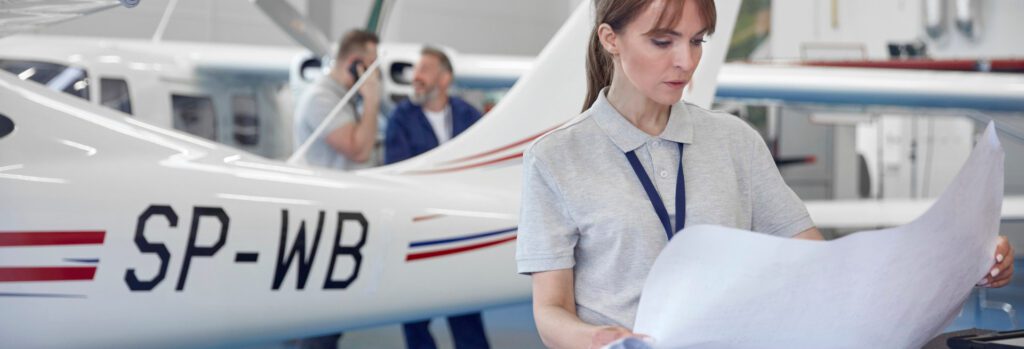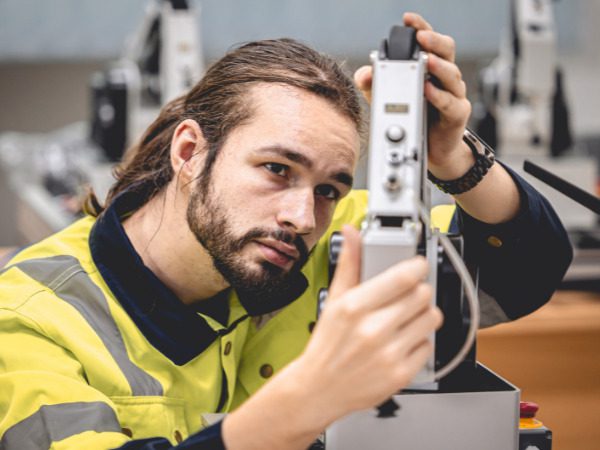New Clean Hydrogen Tax Credit on the Horizon
A new tax credit, the clean hydrogen tax credit, may be on the horizon for businesses that invest...

The growth of manufacturing techniques, particularly in the production of aircraft components, is a vital aspect within the aerospace industry. The aerospace industry serves as a tribute to the ingenuity and curiosity of humanity, as it continually pushes the limits of what can be achieved.
Conventional manufacturing techniques have historically played a fundamental role in the industry. However, a novel alternative known as Additive Manufacturing (AM), also referred to as 3D printing, has gained prominence in recent times. Lets dive in to the significant advancements in additive manufacturing (AM) techniques that are specifically designed for aerospace components, hence introducing a new age of potential opportunities for the industry.
The core premise of additive manufacturing (AM) centers on the incremental fabrication of items, utilizing digital 3D models as a basis for layer-by-layer production. The deviation from conventional subtractive manufacturing techniques presents a considerable opportunity for the aerospace industry, as it has the capability to produce complicated, lightweight, and high-performance components. The aforementioned revolutionary shift has resulted in a reconceptualization of potential design options, enhanced production productivity, and improved cost-efficiency.
The heart of AM lies in the materials used. The aerospace industry demands materials that can withstand extreme conditions while remaining lightweight. Advances in materials science have led to the development of high-temperature alloys and composites specifically designed for AM. These materials possess exceptional mechanical properties, making them ideal for aerospace applications.

The influence of additive manufacturing (AM) on the aerospace industry is significant and extensive. The concept surpasses basic methods of production and encompasses elements of creative design, cost-effectiveness, and environmental sustainability. One of the foremost benefits is in the capacity to amalgamate numerous elements into a unified and complicated framework. The process of consolidation serves to decrease the necessity for assembly, hence mitigating the potential vulnerabilities and augmenting the overall structural integrity.
Additionally, AM tackles the enduring issue of supply chain logistics. Traditional manufacturing frequently entails intricate supply chains that extend over numerous continents. The utilization of additive manufacturing (AM) enables the production of components in close proximity to their intended application, resulting in a reduction in both lead times and shipping expenses. This is in accordance with the just-in-time production standards of the aerospace sector.
Looking forward, the future prospects of additive manufacturing (AM) in the aerospace industry appear to be highly favourable. As the field of materials science advances, additive manufacturing (AM) will increasingly be customized to meet the specific requirements of the sector. The scope of additive manufacturing (AM) is anticipated to broaden beyond its current focus on components, encompassing larger structures such as wings and fuselage sections. As technological advancements progress, regulatory bodies will establish certification procedures to ensure that components manufactured by additive manufacturing (AM) adhere to rigorous safety criteria.
In summary, the progression of additive manufacturing methods has resulted in a fundamental transformation within the aircraft manufacturing domain. The capacity to produce complex and high-performing components in a timely manner and at a lower cost presents new opportunities for the industry. The change is mostly propelled by the utilization of Selective Laser Melting, Direct Metal Laser Sintering, and novel materials. The adoption of additive manufacturing (AM) in the aerospace industry not only redefines the traditional manufacturing processes but also facilitates the development of a more adaptable, environmentally conscious, and forward-thinking future.
Companies that are innovating in this sector are likely to be eligible for several funding programs including government grants, and SR&ED.
Want to learn about funding opportunities for your project? Schedule a free consultation with one of our experts today!
Sources:
Explore our latest insights
More arrow_forward
A new tax credit, the clean hydrogen tax credit, may be on the horizon for businesses that invest...

The Clean label has transitioned from trend to a lifestyle placing pressure on the food and bever...

The Industry 4.0 represents a blend of two industries: information technology and manufacturing. ...

Provincial governments are slowly unveiling their provincial budgets outlining fiscal strategies ...